“Maling Pottery was founded at North Hylton, Sunderland in 1762 by Christopher Thompson Maling I. Little is known about the pottery’s output for the first fifty years, as pieces do not carry any form of identification. When the business moved to Newcastle in 1817 the then owner, Robert Maling (son of Christopher Thompson Maling I), began to mark pieces with his name. The output seems to have been mainly simple, domestic wares made for use by the local working people. It was Robert Maling’s son, Christopher Thompson Maling II, who took the business in a new and profitable direction in the 1850s. He devised a way to make pottery containers by machine, rather than by hand. This speeded up the production process and led to huge orders from manufacturers of goods as diverse as marmalade, meat and fish pastes, ointments and printing ink. Increasing business allowed the Maling family to build two further potteries, each bigger than its predecessor. The last of these occupied a fourteen acre site, and was claimed by Maling to be the biggest pottery in Britain. By the 1890s, Maling had decided to go up market. They employed their first in-house designer and imported porcelain from other factories which they decorated and sold on under their own name. Within a few years the quality of Maling ware was such that it was being sold by stores as prestigious as Harrods of London. In 1908, with the sale of the packaging goods still buoyant, Maling introduced a new trading name for their decorative wares. This was Cetem – being a phonetic abbreviation of CT Maling and Sons. A succession of designers was employed to take the pottery from the years of post-Victorian elegance through to Art Deco exuberance. By the 1920s many of these designs were from the hand of the father and son team Lucien Emile and Lucien George Boullemier. 1924 saw the reintroduction of the Maling name which was used simultaneously with Cetem until the latter was dropped in the early 1930s. By the outbreak of war, the Maling family members who had been directly involved in running the pottery were deceased and the business was in the hands of trustees. The war itself proved a further blow, as many skilled workers were called up for military service. Maling survived by producing items for the armed forces, such as photographic developing trays for use on RAF reconnaissance missions. After the war the pottery came into the hands of new owners, the Hoult family, who still own the site today and regularly welcome collectors. Although investment was made, the scale of operations was reduced, with fewer staff having to put up with a downsized working area. In a slow spiral of decline fewer new patterns were introduced and fewer products sold. Eventually, competition from more modern and streamlined potteries caused Maling to close in 1963.” (Source: Wikipedia)
Dimensions:
15″ x 9.5″ x 10″ (Width x Depth x Height)
-
Dimensions:Height: 10 in (25.4 cm)Width: 9.5 in (24.13 cm)Depth: 15 in (38.1 cm)
-
Style:Chinoiserie(In the Style Of)
-
Materials and Techniques:Porcelain
-
Period:Early 20th Century
-
Date of Manufacture:Early to Mid 20th Century
-
Condition:GoodWear consistent with age and use. Good Overall – Gentle wear.
-
Seller Location:Dayton, OH
-
Reference Number:Seller: 41893Seller: LU5343240651302



























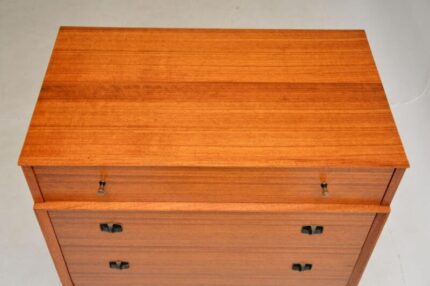

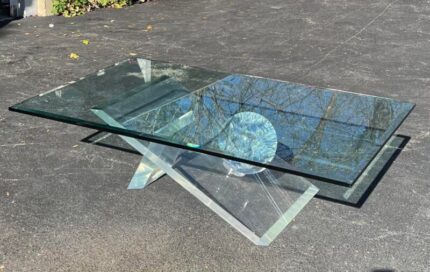

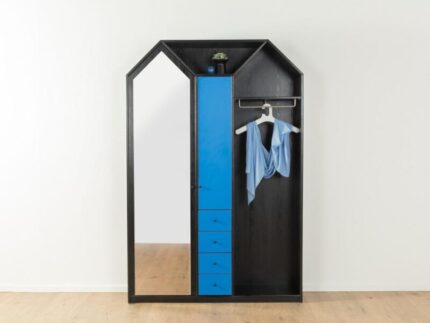

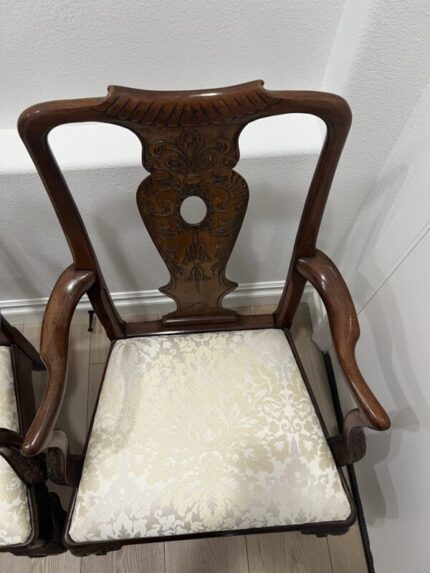

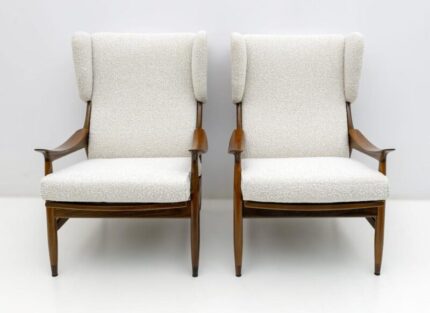

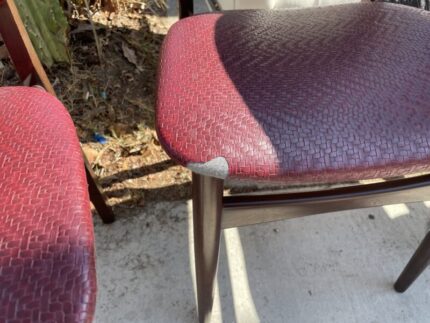



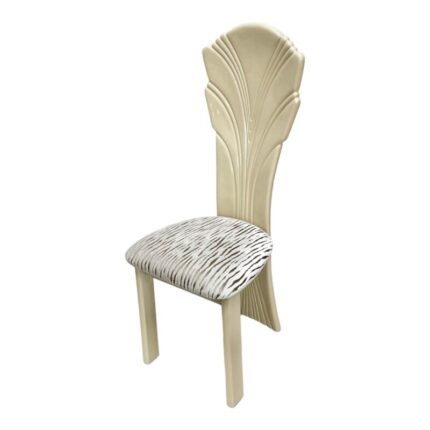


Reviews
There are no reviews yet.